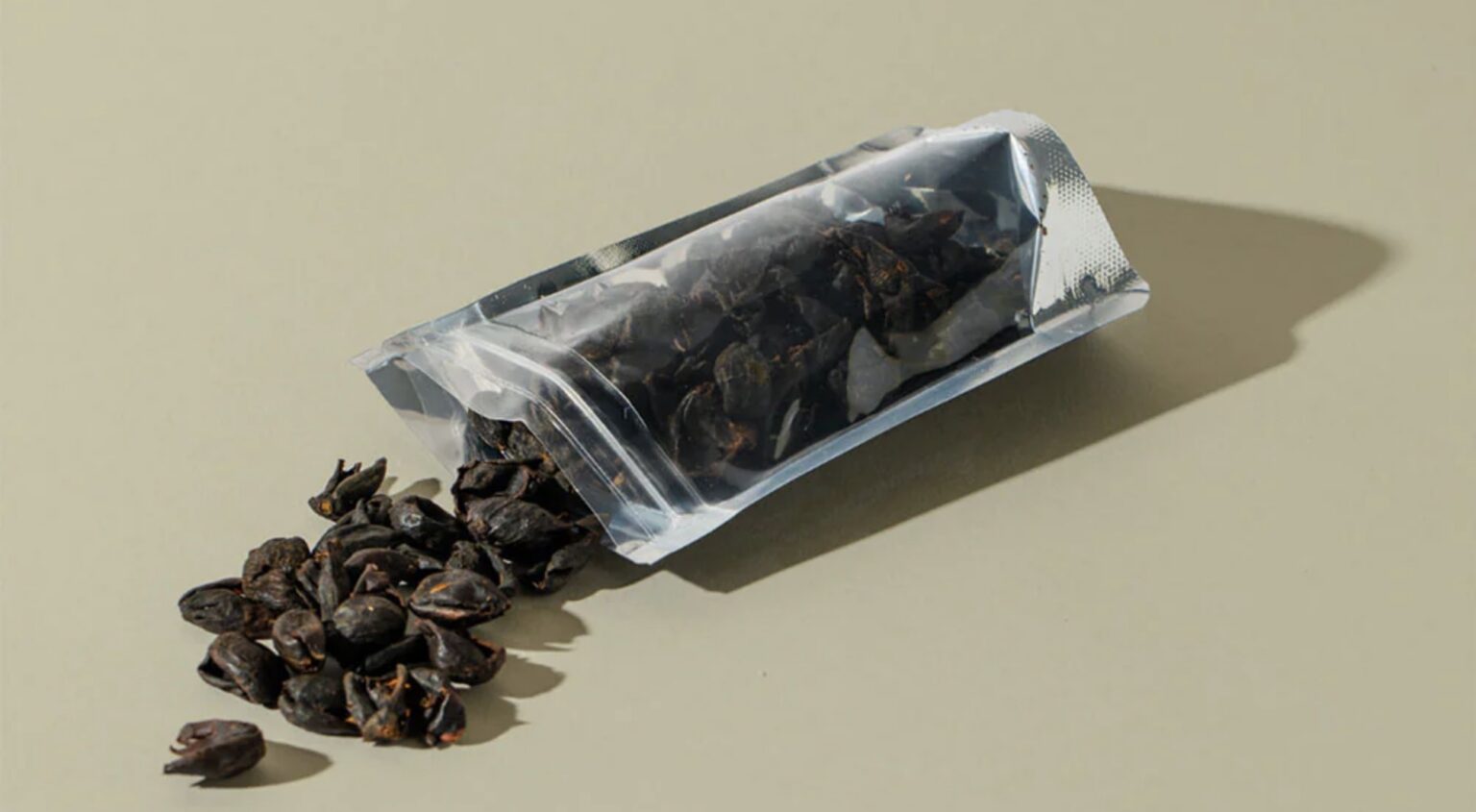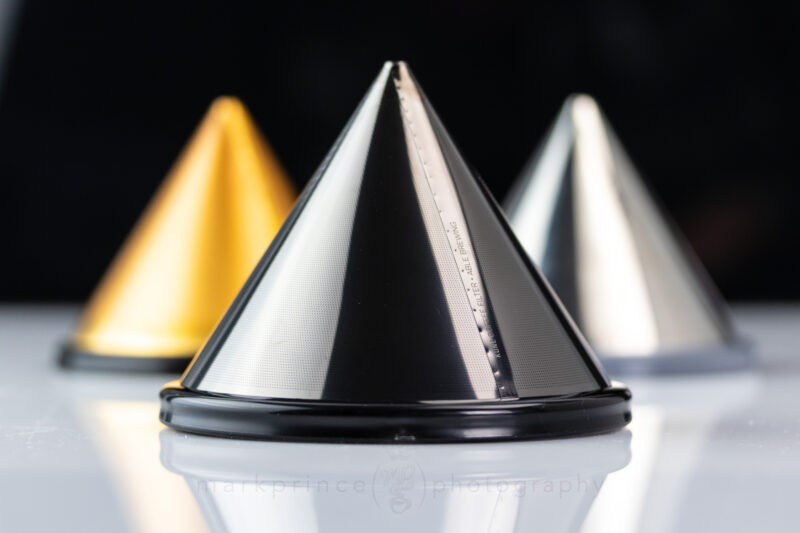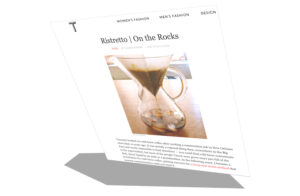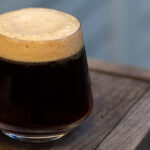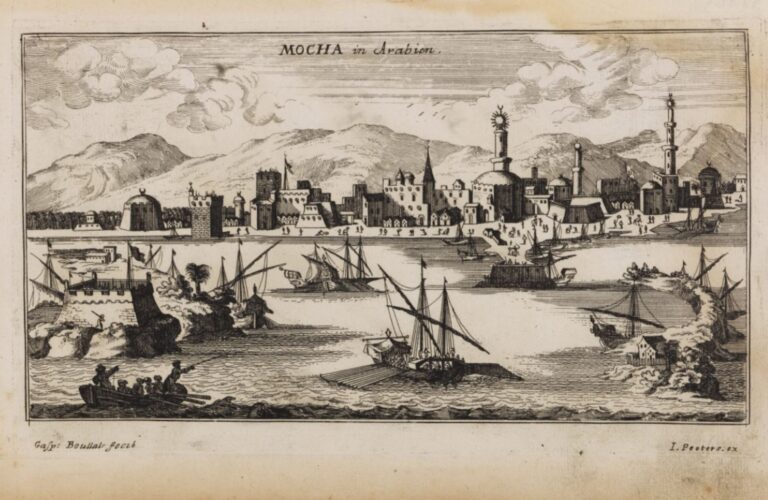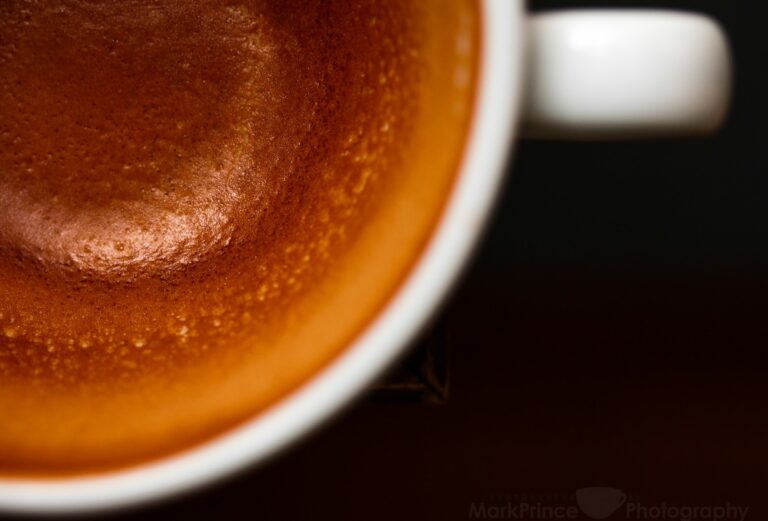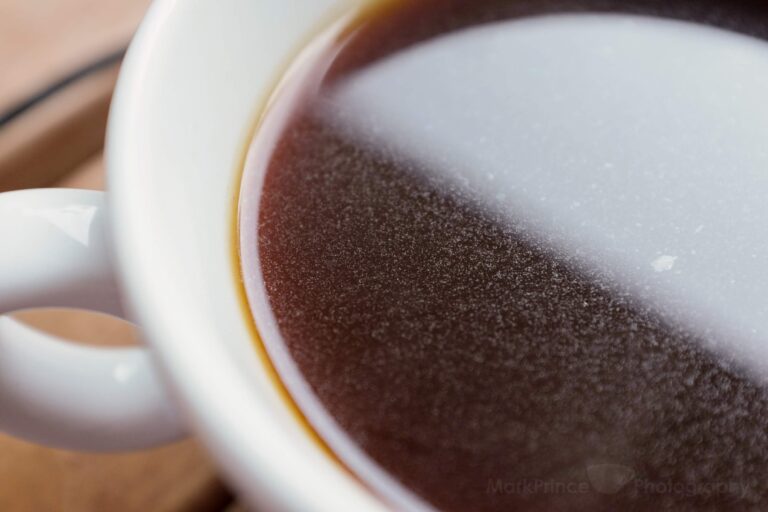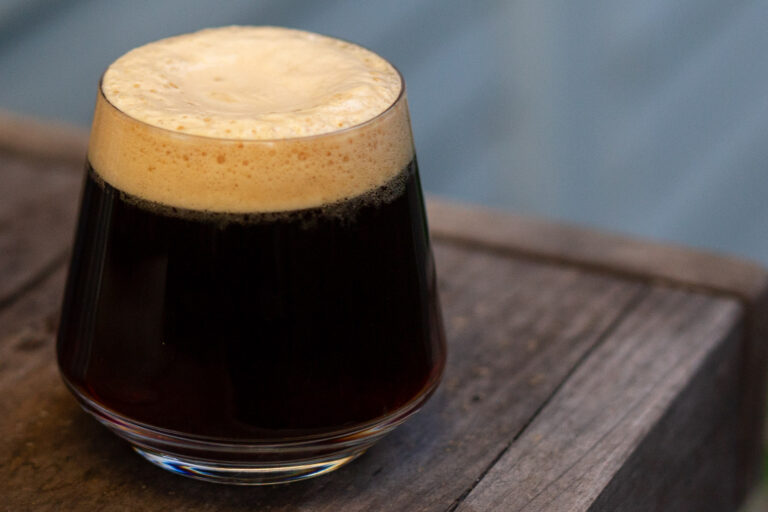Have you ever been to a café that displays pictures of coffee farms? No doubt you’ve seen images of tiny red berries, sometimes green, all snuggled up together on a branch amid lush foliage? That’s a coffee plant, not a cranberry, and the coffee bean is inside those little juicy cherries. Over the past decade, a beverage called Cascara has been making an impact on our daily caffeine consumption. But what exactly is it, and why should you drink it?
What is Cascara?
Cascara means shell in Spanish (it’s also a sweet Cuban rhythm on the timbales), and is actually a tea made from the flesh of the coffee cherry. During coffee processing, the coffee seed (the bean) is extracted, and the fruit (also called the husk or pulp) is laid out in the sun to dry. These dried coffee cherries are then sold as cascara or coffee cherry tea around the world.
Cascara Around the World

This floral beverage, first introduced to the US by Aida Batlle, has actually been consumed in one form or another all over the world; in some cases for centuries. In Ethiopia, the sun-dried fruit is roasted until almost black and then infused with water. This brew, called Hashara or Geshar, ends up having an incredibly intense fruit flavor.
In Bolivia, they enjoy a beverage called Sultana, where along with the dried coffee cherry husks, sugar, cinnamon, and clove are mixed together to create, what Bolivian’s call, “the coffee of the army.”
A traditional Yemeni drink, known as Qishr, is made with an infusion of ginger and spiced coffee cherry husks, and sometimes cinnamon, cardamom, or caraway.
Batlle first discovered this drink around 2005 while attending a coffee cupping in El Salvador. She coined the name cascara because coffee pulp tea didn’t really sound that appetizing. Batlle describes the drink as “tasting of hibiscus and honey, with a distinctive tamarind-like tang.” While it can be consumed hot or iced, her preference is the latter with a bit of lemon and sweetener. Despite the misconception that it will give you a jolt, cascara has a low caffeine content, which means you can enjoy this brew morning, noon, or night.
How It’s Made
Batlle has mentioned that producing cascara is actually more difficult than one would expect. Why? Because it tends to mold easily. To prevent this from happening, Batlle makes sure that her cascara is pulled from freshly pulped coffee. It’s then dried in the shade on drying beds. Before shipment, each husk is cleaned and inspected to screen out any unwanted bits and pieces.

Why You Should You Try It
Cascara isn’t just another gimmick. It’s actually a very healthy and eco-conscious bevvie. Not to be confused with Cascara Sagrada, a small shrub whose bark is used to treat digestive issues like constipation. Ok, coffee does that too, but that’s besides the point. Cascara cherry tea is high in polyphenols and packed full of antioxidants and minerals like potassium. It’s also low in caffeine, so it’s great for people who can’t quite tolerate their regular cuppa rocket fuel.
On the manufacturing side, processing coffee cherry tea for consumption means keeping it out of landfills and removing it as a source of biowaste, thus preventing it from releasing harmful methane gas into the atmosphere. Can it get any better? Yes! Coffee cherry husks create more profit for farmers. What they once simply tossed or donated as fertilizer can now be used as a profitable source of income.
The Takeaway
Cascara is a sweet, floral, mildly tangy tea that can be consumed hot or cold. It’s great for your mind and body because it contains tons of good stuff like polyphenols, vitamins, and minerals. By drinking this refreshing bev, you’re also helping keep it out of landfills, which helps our planet. And by purchasing this product directly from coffee farmers and sustainable vendors, you’re also supporting your fellow human beings.
So, any questions?
Robyn earned her coffee stripes working as a barista up and down the California coast. After ten years, she moved from behind the bar to behind a desk as the inside sales rep for a local wholesale coffee roastery. She is currently a contributing writer at BuzzFeed and works in social media marketing and design. When it comes to espresso, nothing makes her happier than a decadent crema.
-
Robyn Hunthttps://coffeegeek.com/author/robyn-hunt/April 6, 2024
-
Robyn Hunthttps://coffeegeek.com/author/robyn-hunt/March 30, 2024
-
Robyn Hunthttps://coffeegeek.com/author/robyn-hunt/March 27, 2024
-
Robyn Hunthttps://coffeegeek.com/author/robyn-hunt/March 26, 2024

